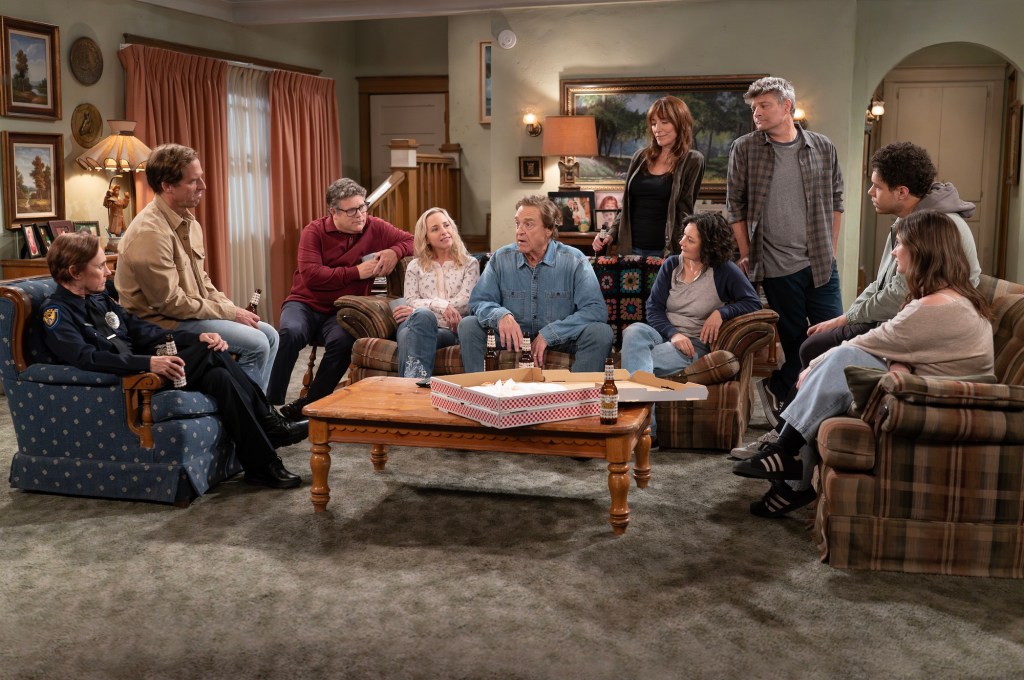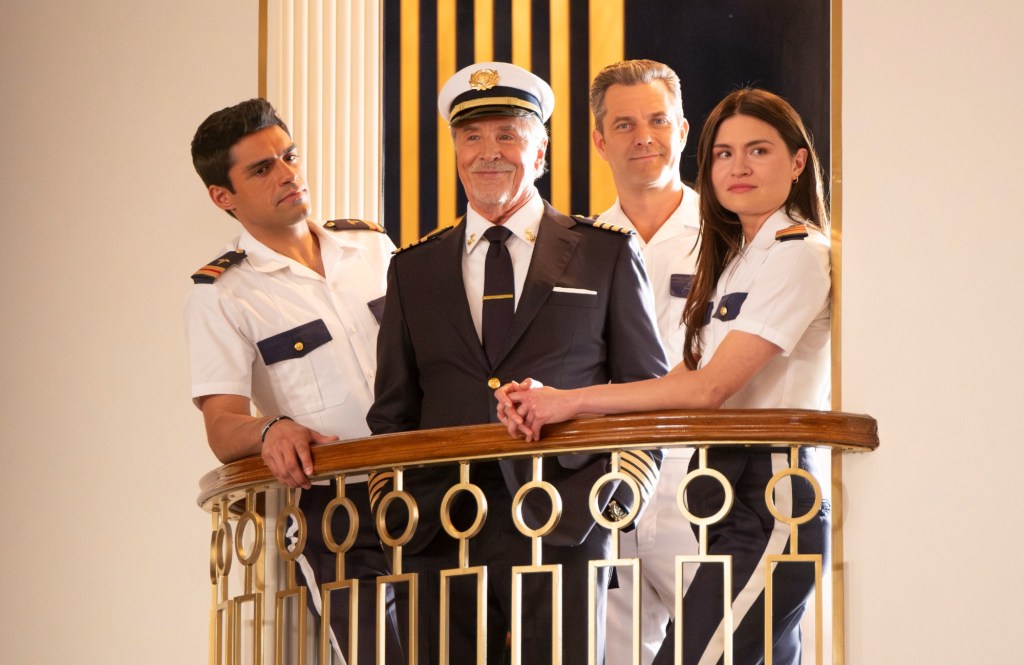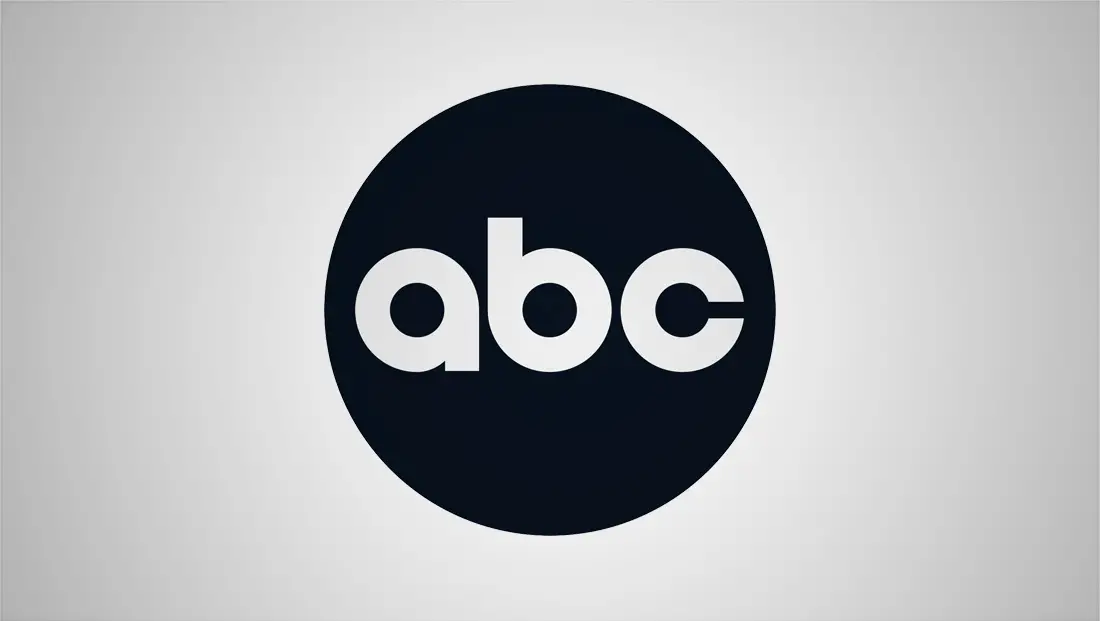The landscape of television programming continues to shift as networks navigate the complex intersection of audience preferences, production costs, and strategic planning for future seasons. Recent decisions by major broadcasting companies have highlighted the challenging realities facing both long-running series and promising newcomers, as executives balance creative ambitions with commercial viability in an increasingly competitive entertainment marketplace.
Network Strategy and Programming Decisions
ABC’s approach to its 2025-26 season lineup reflects the broader challenges facing traditional broadcast networks in an era of streaming competition and changing viewer habits. The Disney-owned network has made strategic decisions that reveal both confidence in certain properties and difficult choices about others, demonstrating the complex calculus involved in television programming.
The network’s renewal strategy for the upcoming season showed remarkable consistency, with most scripted programming receiving greenlight decisions for continuation. Popular series including 9-1-1, The Rookie, Will Trent, and Abbott Elementary secured their positions in the network’s future plans, suggesting strong audience engagement and advertiser interest that justified continued investment.
However, not every series was fortunate enough to receive renewal news, with two notable programs concluding their runs on the network. These cancellation decisions illuminate the various factors that influence programming choices, from production costs and ratings performance to creative considerations and talent availability.
The entertainment industry has long operated on the principle that television programming must balance artistic merit with commercial success, and ABC’s recent decisions reflect this ongoing tension. Networks must consider not only current viewership numbers but also long-term audience trends, production expenses, and the potential for syndication or streaming revenue.
The Conners

The End of a Television Dynasty
The Conners, the spinoff series that emerged from the ashes of the revived Roseanne sitcom, concluded its seven-season run with a six-episode final season that brought closure to one of television’s most enduring family sagas. The show’s conclusion was announced well in advance, allowing both creators and audiences to prepare for the end of a narrative that had spanned multiple decades and generations of viewers.
The series faced unique challenges from its inception, having been created after the controversial cancellation of the Roseanne revival in 2018. The spinoff was forced to navigate the complex task of continuing a beloved family story while addressing the absence of its original central character, ultimately choosing to kill off Roseanne Barr’s character and focus on the remaining family members’ journey through grief and healing.
Throughout its run, The Conners maintained the working-class authenticity and social commentary that had made the original Roseanne series a cultural touchstone in the 1980s and 1990s. The show continued to address contemporary issues affecting American families, from economic uncertainty and healthcare challenges to generational differences and changing social norms.
The decision to conclude the series with a shortened final season reflected both creative and practical considerations. With only six episodes to wrap up storylines and provide closure for longtime fans, the writing team faced the challenge of condensing what might have been a full season’s worth of character development and narrative resolution into a more limited format.
The series finale successfully achieved its goal of providing emotional closure while honoring the show’s legacy. The episode returned to themes that had defined the spinoff from its beginning, particularly the family’s pursuit of justice for Roseanne’s death through a wrongful death lawsuit that had served as a throughline for the series’ exploration of grief and accountability.
The final moments of the series paid tribute to the show’s history with a touching sequence that featured montages celebrating the family’s journey and concluded with John Goodman’s Dan Conner alone in the iconic living room. His direct address to the camera, simply saying “Goodnight,” provided a poignant farewell that acknowledged both the character’s journey and the audience’s long investment in the Conner family’s story.
This ending demonstrated the power of television to create lasting emotional connections between fictional characters and real audiences, while also highlighting the challenges faced by long-running series in crafting satisfying conclusions that honor their legacy while providing appropriate closure.
The Challenges of Medical Drama in a Crowded Field
Doctor Odyssey, the Ryan Murphy-produced medical drama that premiered in the fall of 2024, represented a different type of programming challenge for ABC. Unlike The Conners, which concluded as a planned ending, Doctor Odyssey faced cancellation after just one season, highlighting the difficulties new series encounter in establishing themselves within competitive television landscapes.
The series featured Joshua Jackson in the lead role and was set aboard luxury cruise ships, combining medical procedural elements with the exotic locations and dramatic scenarios that had become hallmarks of Ryan Murphy’s production style. The show attempted to differentiate itself from traditional hospital-based medical dramas by utilizing the unique setting of ocean-going vessels, where medical emergencies could be complicated by isolation from mainland healthcare facilities.
Despite featuring high-profile guest stars and the kind of intense emergency scenarios that had proven successful in other medical dramas, Doctor Odyssey struggled to find its audience in a television landscape already saturated with similar programming. The show’s premise, while creative, may have been too niche to attract the broad viewership necessary for broadcast network success.
The series did achieve some notable crossover success, including a collaboration with 9-1-1 that demonstrated the potential for shared storytelling within ABC’s programming lineup. However, these creative achievements were insufficient to overcome the fundamental challenge of building a sustainable audience in competitive time slots.
Ryan Murphy’s involvement in the project brought both advantages and complications to the show’s development and potential continuation. While Murphy’s track record of successful series provided credibility and resources for the production, his extensive commitments to multiple other projects may have limited his ability to fully focus on Doctor Odyssey’s development and promotion.
The cancellation process for Doctor Odyssey illustrated the complex business realities behind television programming decisions. While ABC executives expressed interest in continuing the series, the practical challenges of coordinating schedules, managing production costs, and securing talent commitments ultimately proved insurmountable.
The expiration of cast options in June 2025 effectively sealed the show’s fate, demonstrating how contractual realities can sometimes determine programming decisions as much as creative or audience considerations. When talent agreements expire, networks face the choice of renegotiating at potentially higher costs or allowing series to conclude, and in this case, the economics apparently didn’t support continuation.
Doctor Odyssey

Industry Trends and Network Adaptation
The contrasting fates of The Conners and Doctor Odyssey reflect broader trends affecting television programming across all networks. Long-running series with established audiences face different challenges than new programs attempting to break through in crowded programming lineups, and networks must balance the security of proven properties with the need for fresh content to attract new viewers.
The success of series like Abbott Elementary and The Rookie in securing renewals demonstrates that broadcast networks can still develop and maintain successful programming, but the bar for success has arguably become higher as audiences have more entertainment options than ever before. Shows must not only attract initial viewers but also maintain engagement across multiple platforms and viewing methods.
Streaming services have fundamentally altered the television landscape, providing both opportunities and challenges for traditional broadcast networks. While streaming platforms offer new revenue streams and extended shelf life for programming, they also create additional competition for audience attention and can complicate the economics of television production.
The availability of both The Conners and Doctor Odyssey episodes on Hulu reflects ABC’s strategy of leveraging streaming platforms to extend the value of their programming investments. Even cancelled series can continue to generate revenue and maintain audience engagement through streaming availability, though this secondary market typically cannot justify the high costs of continued production.
The Economics of Television Programming
Television programming decisions increasingly reflect complex economic calculations that extend far beyond traditional ratings measurements. Networks must consider production costs, talent salaries, international sales potential, streaming revenue, and long-term syndication value when evaluating whether to continue series or develop new programming.
The Conners benefited from relatively lower production costs compared to many contemporary series, as single-camera sitcoms typically require smaller budgets than elaborate procedural dramas or effects-heavy genre programming. However, even cost-effective programming must demonstrate sufficient audience engagement to justify continued investment.
Doctor Odyssey, as a Ryan Murphy production with elaborate cruise ship settings and guest star casting, likely carried higher per-episode costs that required correspondingly strong viewership numbers to achieve profitability. The show’s unique setting, while creatively interesting, may have added production complications and expenses that made renewal more challenging.
The international television market has become increasingly important for programming decisions, as series that can attract global audiences through streaming platforms or international sales can justify higher production investments. However, shows with very specific cultural references or settings may face challenges in international markets that affect their overall economic viability.
Audience Engagement in the Digital Age
The measurement of television success has become increasingly complex as audiences consume content across multiple platforms and timeframes. Traditional overnight ratings, while still important, no longer provide a complete picture of a show’s audience engagement or commercial value.
The Conners benefited from a multi-generational audience that included both longtime fans of the original series and newer viewers who discovered the show through streaming or syndication. This broad demographic appeal provided stability that helped sustain the series through multiple seasons, even as overall broadcast television viewership declined.
Doctor Odyssey faced the challenge of building an audience from scratch in an environment where viewers have countless entertainment options readily available. New series must not only attract initial sampling but also encourage continued viewing and word-of-mouth promotion that can sustain long-term success.
Social media engagement has become an important factor in programming decisions, as shows that generate significant online discussion and sharing can extend their reach beyond traditional viewership measurements. However, social media buzz doesn’t always translate into sufficient audience numbers to justify continued production costs.
The Role of Talent and Creative Teams
The involvement of high-profile talent both in front of and behind the camera significantly affects programming decisions and audience expectations. Joshua Jackson’s participation in Doctor Odyssey brought star power and credibility to the project, while his subsequent comments about being “bummed” by the cancellation highlighted the personal investment that actors make in series that don’t achieve long-term success.
Ryan Murphy’s reputation as a successful producer initially provided advantages for Doctor Odyssey, but his extensive commitments to other projects may have limited his ability to provide the focused attention necessary for nurturing a new series through its crucial early development phase.
The ensemble cast of The Conners, featuring veteran performers like John Goodman and Laurie Metcalf, provided continuity with the original series while demonstrating the ongoing appeal of experienced television actors who have developed strong connections with audiences over decades of work.
Talent retention becomes increasingly challenging as series continue over multiple seasons, with actors often seeking new opportunities or commanding higher salaries that can affect production budgets. The conclusion of The Conners after seven seasons may have reflected both creative completion and economic realities related to cast compensation.
Looking Forward: Network Programming Strategy
ABC’s programming decisions for the 2025-26 season reflect a broader strategy of maintaining successful existing properties while carefully evaluating the potential of newer programming. The network’s renewal of established hits like 9-1-1 and Abbott Elementary provides stability in an uncertain television landscape.
The conclusion of The Conners creates an opportunity for ABC to develop new comedy programming that might attract similar audiences while potentially reaching younger demographics that are crucial for long-term network success. The challenge lies in creating content that can achieve the cultural resonance and audience loyalty that made the Conner family stories so enduring.

